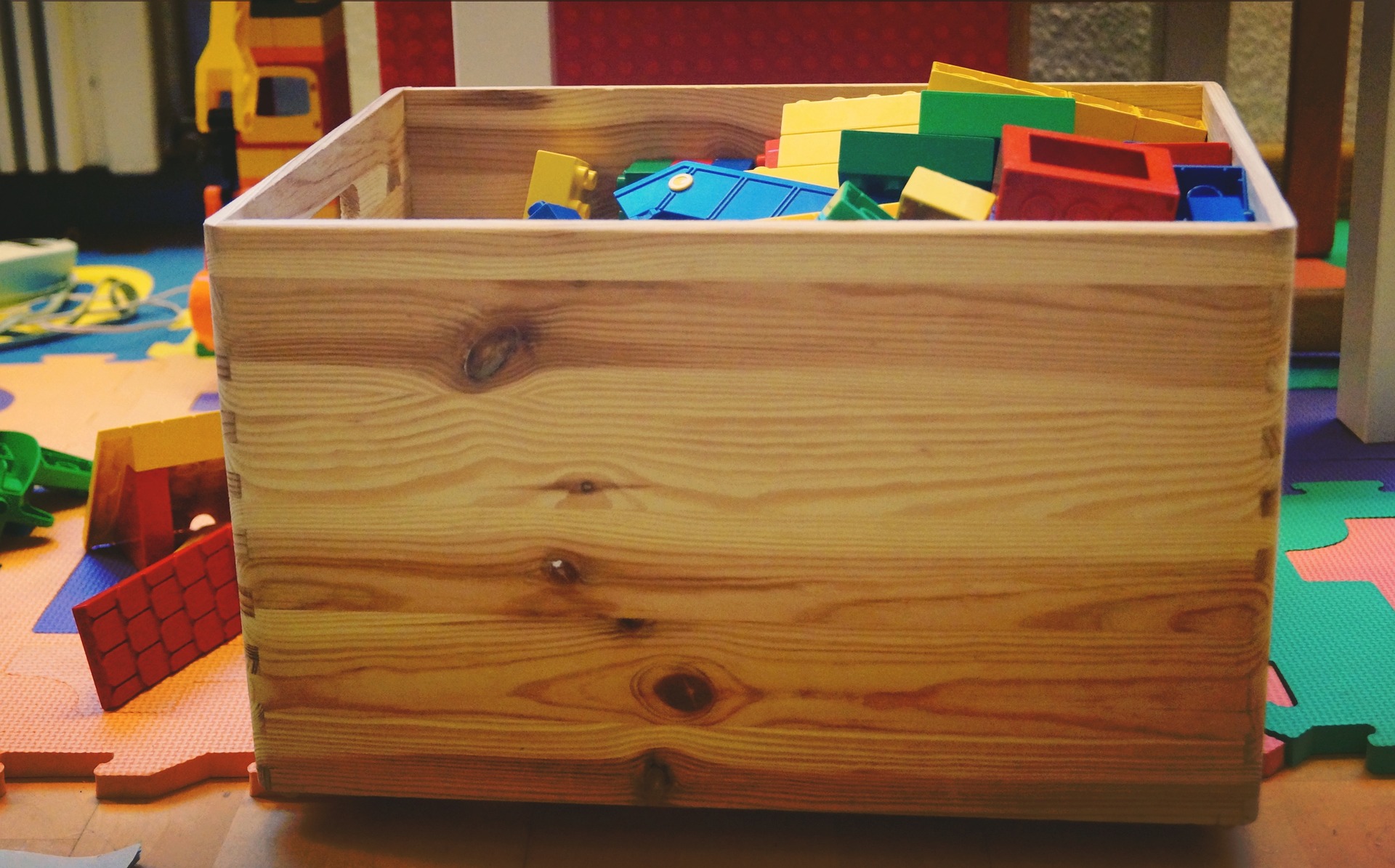Children may bring fun and laughter to a home, 
Routines
TEACH CHILDREN TO CARE FOR THEIR POSSESSIONS.
While kids may not be motivated to win an award for World’s Cleanest Room, they can learn to take care of the toys and books they enjoy using. Gently remind children to put puzzle pieces or action figures away so they don’t get lost. Show them how to put their books neatly on the shelf so the pages don’t get wrinkled. You don’t have to be a perfectionist about it, but helping children understand how to care for the things in their home can go a long way toward getting things back where they belong every day.
MAKE IT A GAME.
Children love to play–that’s why your home looks the way it does! Turn clean-up into a game by setting a timer, placing a small basketball hoop over the toy chest, or racing against them to clean up a designated area. Children also love imitating their parents, so as you’re cleaning around the house, hand them their own (clean) dust rag or miniature broom. Older kids may enjoy sweeping dust into a designated square on the floor or vacuuming a cleared area. (Of course, they have to pick up all the toys before they can vacuum!) Try to avoid frequent use of rewards like food or candy, or punishments such as time out or giving toys away as this can lead children to associate cleaning up with deprivation rather than the satisfaction of playing a game and having a neat play space.
PRACTICE ONE IN, ONE OUT.
The principle of “one in, one out,” can be used on a daily level and as part of a larger organization strategy. If your child wants to play with their blocks, encourage them to clean up their cars before getting the blocks out. This can help avoid the “landfill of toys” situation. Practice toy rotation by pulling out toys that aren’t getting used and swapping them back in a few weeks or months later. Around the holidays or their birthday, you can help children go through their existing toys and books to pick out items they no longer use or play with to be gifted or donated to those in need. Don’t force them to do this…if they are reluctant, you can try pulling infrequently played-with items for a few weeks and donate if they aren’t missed.
Systems
KEEP THINGS CONTAINED.
Whether you have a big toy chest or small bins for each type of toy, make sure everything has a designated home. You can even repurpose diaper boxes or reusable grocery totes for storage. Anchor a dresser to the wall and use drawer dividers to hold toys or craft supplies.
GET ON THE WALL.
It takes a little more work to install hanging storage, but our homes of plenty of vertical real estate that often goes unused. Hang lightweight baskets by the entryway to catch gloves and hats. Small shelves or crates mounted on the wall can hold books and toys without taking up floor space. Over-the-door shoe organizers can keep craft supplies, dolls, or stuffed animals neatly stowed but easily available for use.
ESTABLISH DROP ZONES.
Find the areas in your home where clutter tends to accumulate. Chances are, these are near entry points and high-traffic areas, like the front door, kitchen counter, or mud room. Place bins, trays, or shelves in those spaces to give items a place to land rather than the floor. Set a time each day or week to go through the drop zones and put items back where they belong.
Play is so important for children’s learning, but all the toys and books don’t have to drive parents crazy. With these simple ideas for how to clean up with your kids, you can spend more time playing and learning rather than cleaning.


